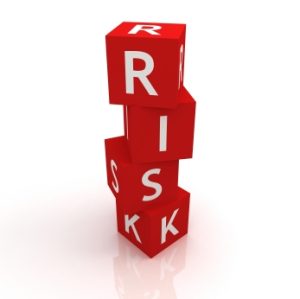How one regional bank is turning risk into an asset

The team assembled at the board room table of this Kenya-based bank is young, dynamic and dedicated. Together they represent the perfect mix of innovation and determination – just the blend needed to overcome the challenges of rapid expansion.
Their brand, among the strongest in the Kenyan market, is now taking root within the region in countries not easily associated with the banking sector. These markets, sometimes still embroiled in civil conflict, are difficult. They require a strategy to support the increased and ever-present risks. On a not-so-warm morning in June, the team sat down to share their experiences and to discuss the future.
“The biggest risk we face is lack of information either on our buyers or on the new markets we are entering. We don’t have the types of global information networks the multinationals can easily access so we rely on partners to fill this gap,” explains Business Development Manager, Sandra Ooko.
While the bank intends further expansion into the likes of Burundi and Northern and Southern Africa, they have a solid risk mitigation plan to help them get there. The strategy involves the use of Political and Credit Risk Insurance to protect them against non-payment of their clients in markets such as Rwanda and Kenya. The insurance protection also provides access to valuable credit information on their customers’ buyers.
“When we lend to our customers we may not necessarily know their buyers. This exposes us to risk. But when a customer brings us a Credit Insurance policy endorsement we know their buyers have been thoroughly checked,” notes Rachel Otieno, the Sr. Development Manager.
The bank has partnered with multilateral insurer, the African Trade Insurance Agency (ATI) for insurance cover on a number of transactions. In a recent deal, ATI covered the bank’s US$26 million investment in a cement production facility against non-payment. The Political Risk Insurance cover provided the impetus the bank needed to invest in a project, seen as a ‘win-win’, in a region where demand for cement far outweighs the supply.
The partnership with ATI has also given the bank comfort to lend particularly in cases where the customer has buyers or where they are still learning the ropes in a new market within the region.
“Our current lending exposure supports about 20% of exports and 80% of imports. If we have insurance backing more of our deals, it may be possible for us to boost our support to exporters,” adds Julius Maina, another Business Development Manager.
With exporters suffering from the collapse of once fertile European markets, this may be welcome news for East African traders. While Risk Insurance products are relatively untapped in the African marketplace, this regional bank is proving that risk, if harnessed, can be used to advantage.